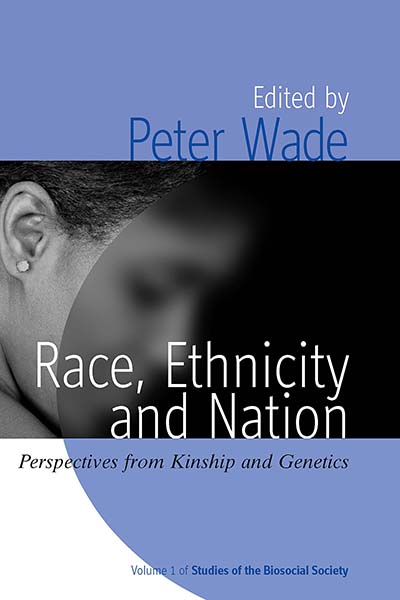Beyond Black and White: Color and Mortality in Post Reconstruction Era North CarolinaPosted in Articles, Census/Demographics, Economics, Health/Medicine/Genetics, Media Archive, United States on 2012-07-14 19:35Z by Steven |
Beyond Black and White: Color and Mortality in Post Reconstruction Era North Carolina
Explorations in Economic History
Published online: 2012-07-13
DOI: 10.1016/j.eeh.2012.06.002
Tiffany L. Green, Postdoctoral Fellow
Health Disparities Research Scholars Training Program
Center for Demography and Ecology
University of Wisconsin, Madison
Tod G. Hamilton, Research Fellow
Department of Society, Human Development, and Health
School of Public Health
Harvard University
A growing empirical literature in economics and sociology documents the existence of differences in social and economic outcomes between mixed-race blacks and other blacks. However, few researchers have considered whether the advantages associated with mixed-race status may have also translated into differences in mortality outcomes between subgroups of blacks and how both groups compared to whites. We employ previously untapped 1880 North Carolina Mortality census records in conjunction with data from the 1880 North Carolina Population Census to examine whether mulatto, or mixed-race blacks may have experienced mortality advantages over to their colored, or non-mixed race counterparts. For men between the ages of 20-44, estimates demonstrate that all black males are more likely than whites to die. Although our results indicate that there are no statistically significant differences in mortality between mulatto and colored blacks, there are some indications that mulatto males may have enjoyed a slight mortality advantage compared to their colored counterparts. However, we find a substantial mortality advantage associated with mixed-race status among women. These findings indicate that mixed-race women, rather than men, may have accrued any mortality advantages associated with color and white ancestry.
Highlights
- We use data from the 1880 North Carolina Mortality Census to explore inter- and intra- racial mortality differences.
- Our analyses demonstrate that net of a variety of controls black males have greater probability of dying in 1880 than whites.
- We confirm that mulatto (mixed race) women have more favorable mortality profiles than colored (non-mixed race) women, and that mortality differences between white and mulatto women are statistically insignificant.
Read or purchase the article here.


